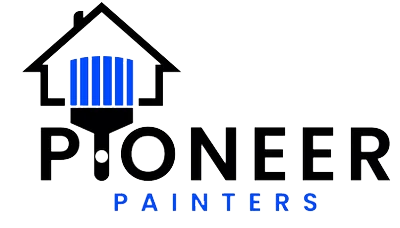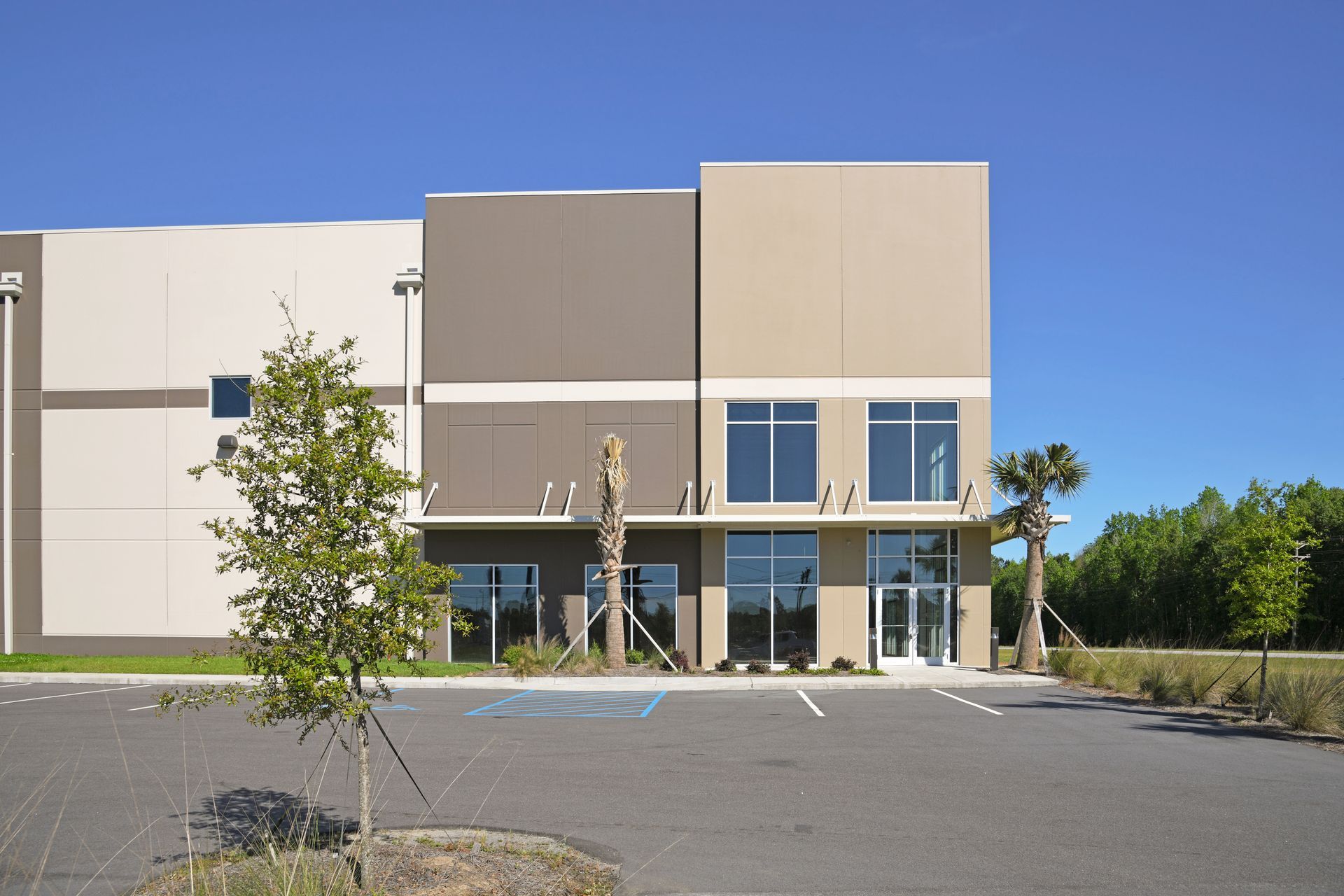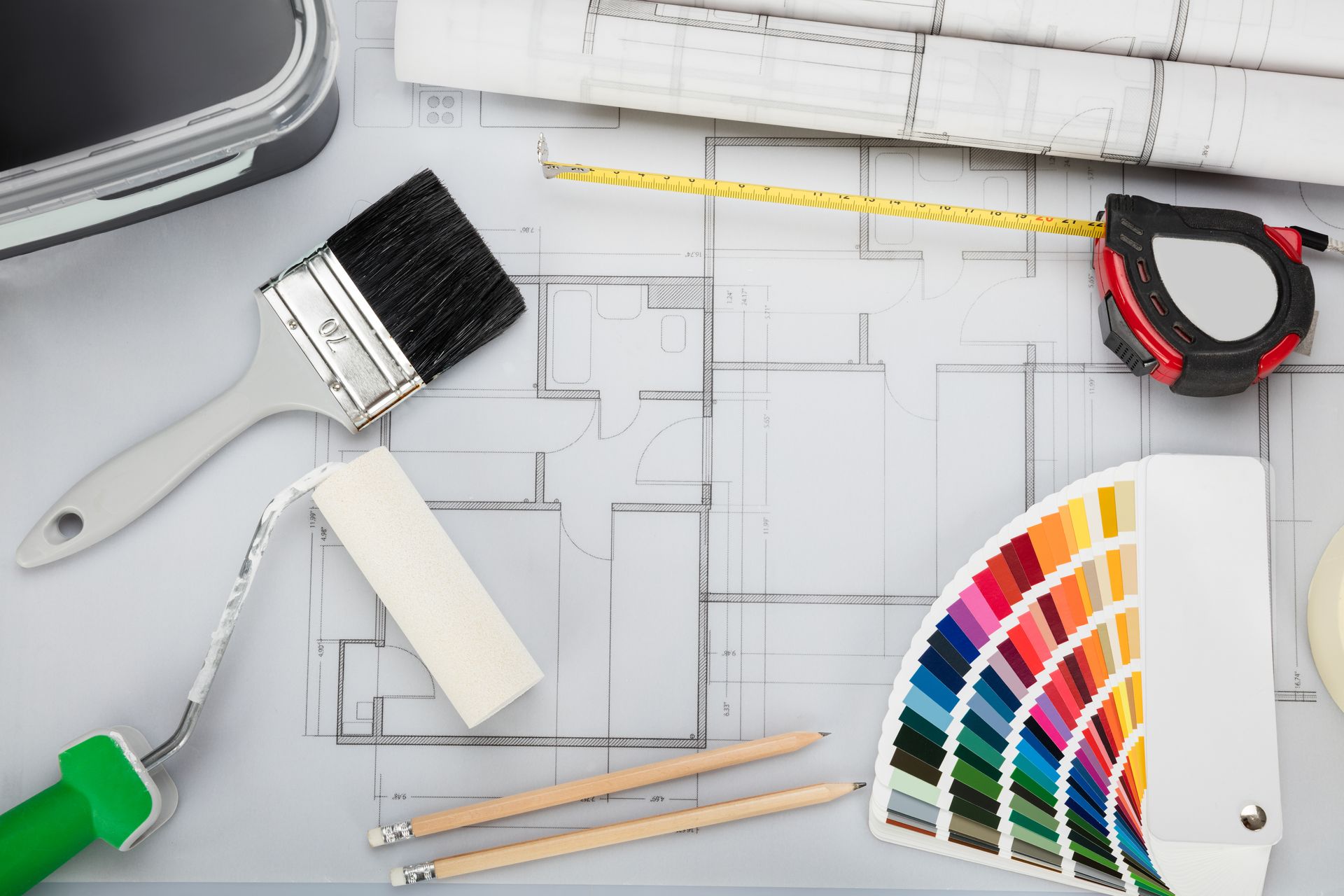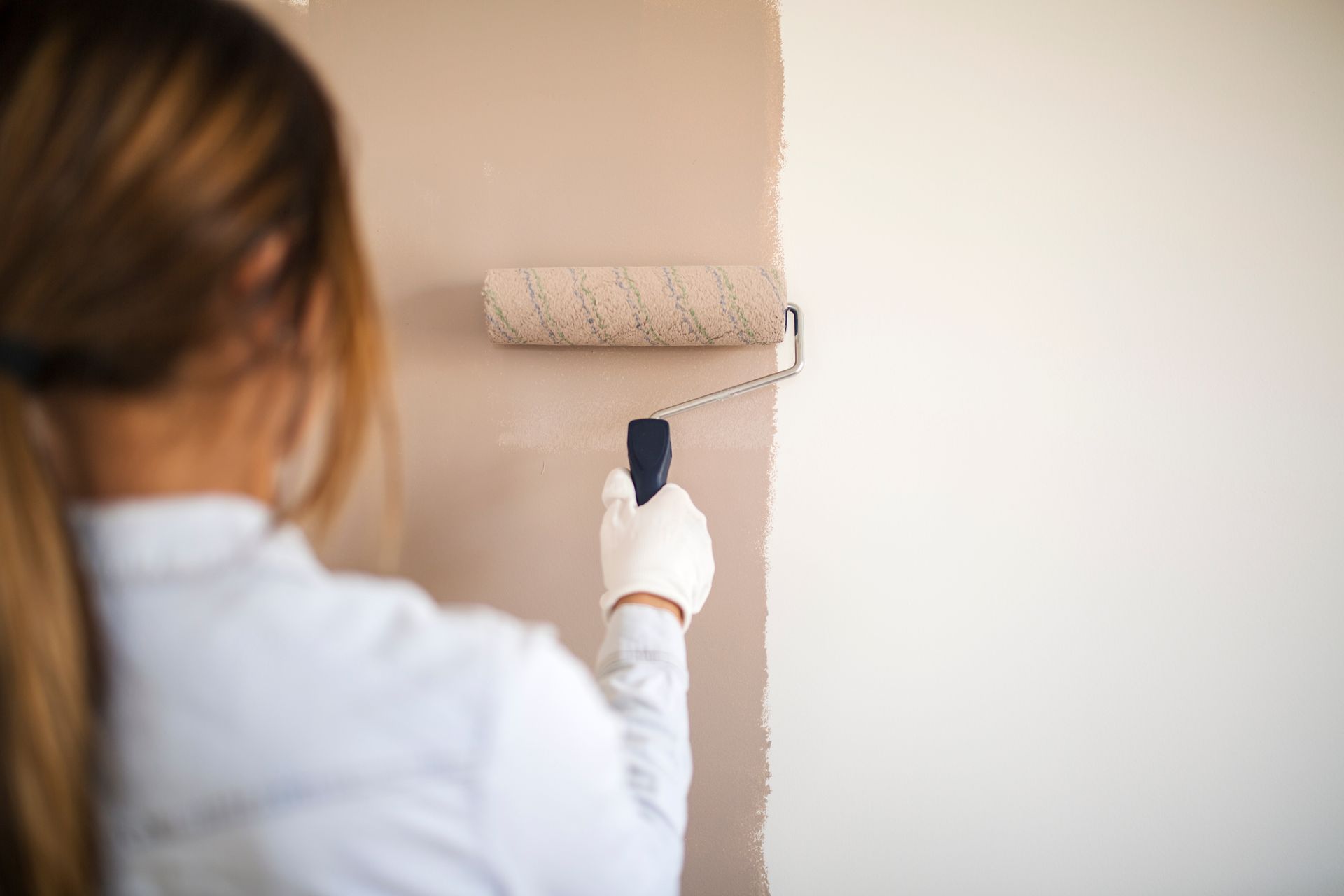Maintaining the exterior of your home or property is crucial to preserving its value and appeal. Among the various components that require attention, soffits and fascias often go unnoticed until problems arise. These architectural elements play a critical role in protecting your home from the elements and ensuring proper ventilation. However, when the paint on these surfaces starts to peel, it can be indicative of underlying issues that need immediate attention.
In this guide, we'll delve into the causes of peeling paint on soffits and fascias, offer step-by-step instructions for fixing the problem, and provide tips for preventative maintenance to keep your home looking its best.
Understanding the Causes
Peeling paint on soffits and fascias can be more than just an aesthetic concern—it often signals deeper problems that need to be addressed. Here are some common causes:
Weathering
Exposure to harsh weather conditions is one of the primary culprits behind peeling paint. Extreme temperatures, rain, snow, and UV rays can all contribute to the degradation of paint over time. As the paint breaks down, it loses its adhesive properties, leading to cracking, bubbling, and eventually peeling. Homes located in regions with severe weather patterns are particularly vulnerable to this issue.
Moisture Intrusion
Another frequent cause of peeling paint on soffits and fascias is moisture intrusion. Water from rain or melting snow can seep into the wood or other underlying materials, causing them to swell and weaken. Additionally, poor ventilation or blocked gutters can exacerbate this problem by allowing water to accumulate. As moisture penetrates these surfaces, it can lift the paint away, leading to blistering and peeling.
Poor Surface Preparation
Improper preparation of the surface before painting is a common yet avoidable cause of peeling paint. If the soffits and fascias are not cleaned thoroughly and any existing loose paint is not removed, the new paint will not adhere properly. Skipping essential steps such as sanding, priming, and ensuring a dry, smooth surface can significantly reduce the lifespan of the paint job and result in early peeling.
Assessing the Damage
Before you start any repair work, it's crucial to assess the extent of the damage. Here's how to do it:
Inspecting Peeling Paint
Carefully examine the soffits and fascias for peeling paint. Look for areas where the paint is lifting, flaking, or bubbling. Use a scraper to gently remove loose paint and check the condition of the wood underneath.
Identifying Early Signs of More Significant Problems
Pay attention to signs of rot, mold, or mildew, which may require professional intervention. Soft or spongy wood, discoloration, and persistent dampness are indicators that the problem may be more serious than just peeling paint.
Fixing Peeling Paint
If the damage is minor and confined to small areas, you can tackle the repair yourself. Follow these steps for a successful DIY fix:
Step-by-Step Instructions
- Gather Materials and Tools: You'll need a scraper, sandpaper, primer, high-quality exterior paint, a paintbrush, and a ladder.
- Prepare the Surface: Use the scraper to remove all loose and peeling paint. Sand the area to create a smooth surface and wipe away any dust.
- Prime the Surface: Apply a coat of primer to the bare wood. This will help the paint adhere better and provide a protective barrier against moisture.
- Paint the Surface: Once the primer is dry, apply at least two coats of high-quality exterior paint. Allow each coat to dry completely before applying the next.
Recommendations for Materials and Tools
- Scraper: A flexible putty knife or paint scraper.
- Sandpaper: Medium-grit (120-150) for smoothing, fine-grit (220) for finishing.
- Primer: An exterior-grade, stain-blocking primer.
- Paint: High-quality acrylic or latex exterior paint designed for wood surfaces.
Preventative Maintenance
To prevent future peeling and extend the life of your paint job, regular maintenance is key. Here are some tips:
Regular Inspections
Inspect your soffits and fascias twice a year—ideally in the spring and fall. Look for signs of peeling, cracks, or other damage and address them promptly.
Choosing the Right Paint
Select high-quality exterior paint that is specifically formulated for use on wood surfaces. Look for features such as UV resistance, flexibility, and mildew resistance.
Proper Application Methods
Apply paint in favorable weather conditions—ideally when the temperature is between 50°F and 85°F. Avoid painting in direct sunlight or when rain is expected within 24 hours.
When to Seek Professional Help
While many peeling paint issues can be resolved with a DIY approach, there are times when professional help by a local professional painting contractor is necessary. Here's how to know when to call in the experts:
Signs that Indicate Professional Intervention
- Extensive wood rot or damage that compromises the structural integrity of the soffits and fascias.
- Persistent moisture problems that cannot be resolved with simple repairs.
- The presence of mold or mildew that requires specialized treatment.
- Height and safety concerns. If working on a ladder is not feasible or safe, it's best to leave the job to professionals.
Conclusion
Addressing peeling paint on soffits and fascias is essential for maintaining the beauty and functionality of your home. By understanding the causes, assessing the damage, and following the proper repair and maintenance steps, you can protect your property from further issues and enhance its overall appearance.
Stay proactive in your maintenance efforts, and don't hesitate to seek professional help when needed. By doing so, you'll ensure that your home's exterior remains in top condition for years to come.
Hire Your Local Painting Experts
For expert assistance with peeling paint or any exterior painting needs, trust the professionals at Pioneer Painters, your local painting contractors in East Longmeadow, MA. Whether your home is in need of a fresh coat of paint or extensive repairs to your soffits and fascias, Pioneer Painters is here to help. We proudly serve homeowners throughout Western Massachusetts and Northern Connecticut, including Wilbraham and Enfield.
Don't wait until minor issues become major problems. Call Pioneer Painters today at (413) 798-4088 to schedule a consultation or request a quote online. Our team of experienced and skilled painters is committed to delivering high-quality results that will enhance the beauty and longevity of your home's exterior.
Recent Blogs





